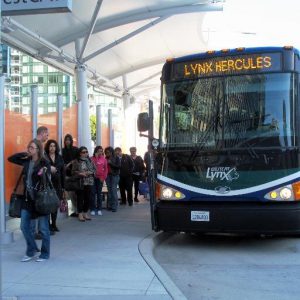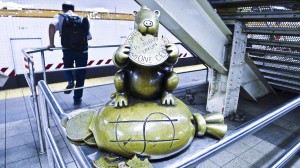
June 18 is National Dump the Pump Day! It’s a great opportunity to change up your routine, ride public transportation (instead of driving) and save some money. A recent report from the American Public Transportation Association shows that a two-person household downsizing to one car can save, on average, more than $9,569 a year!
Saving money isn’t the only reason to try riding transit on Dump the Pump Day. This year Spare the Air, WestCAT, BART, Wheels (LAVTA) & SolTrans are all offering something extra to encourage you to ri5de the bus or train. We’ve compiled their tweets (showing what they’ve got going on for June 18) below.
And if Dump the Pump Day inspires you to take transit more often, you might qualify for the $25 Drive Less Commuter Incentive! Find out more on our Public Transit page.
Take the #dumpthepump pledge, sign up for #SpareTheAir Alerts, and enter to receive a bag and $25 Clipper Card http://t.co/pEz875fmXt — Spare The Air (@SpareTheAir) June 16, 2015
Enter to win a $20 Local Stored Value Bus Pass or a $50 Lynx Stored Ride Pass for National Dump the Pump Day see https://t.co/94EHf2owVd
— WestCAT Transit (@WCCTA) June 15, 2015
See Wheels historic Rideo bus at the Alameda County Fair. Take Route 8 and get a Buy One Get One Free voucher! #DumpThePump pic.twitter.com/zcfxGzRMBV — Wheels Bus (@wheelsbus) June 17, 2015
Dump the Pump and Ride Free — When? Thursday, June 18, –What? Free rides on all SolTrans Local Fixed… http://t.co/mFkmBSgvoR
— SolTrans (@SolTransRide) June 12, 2015


